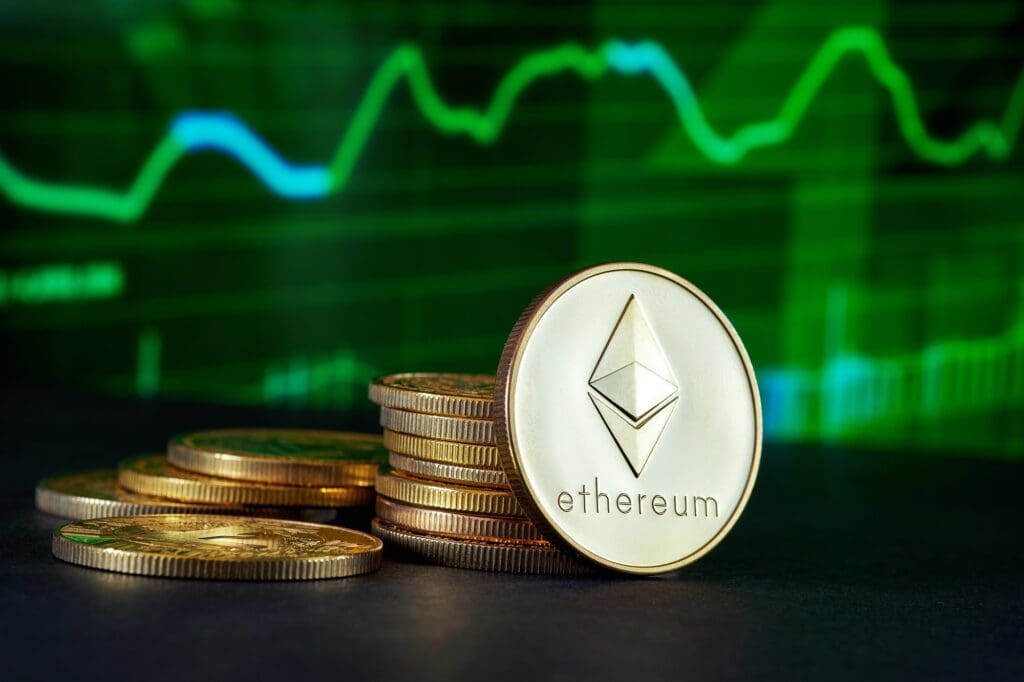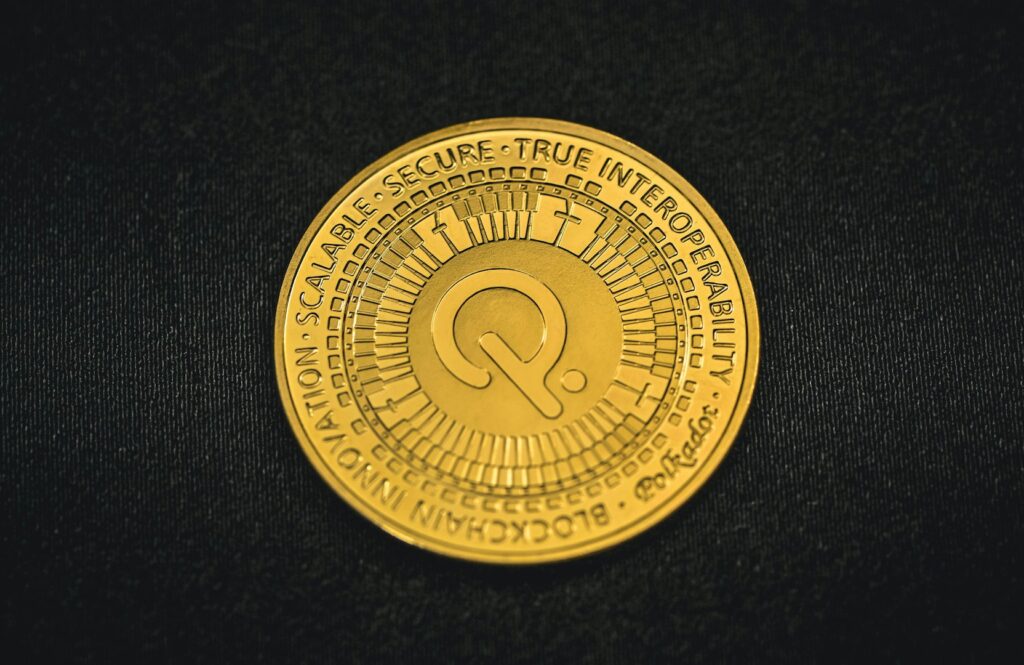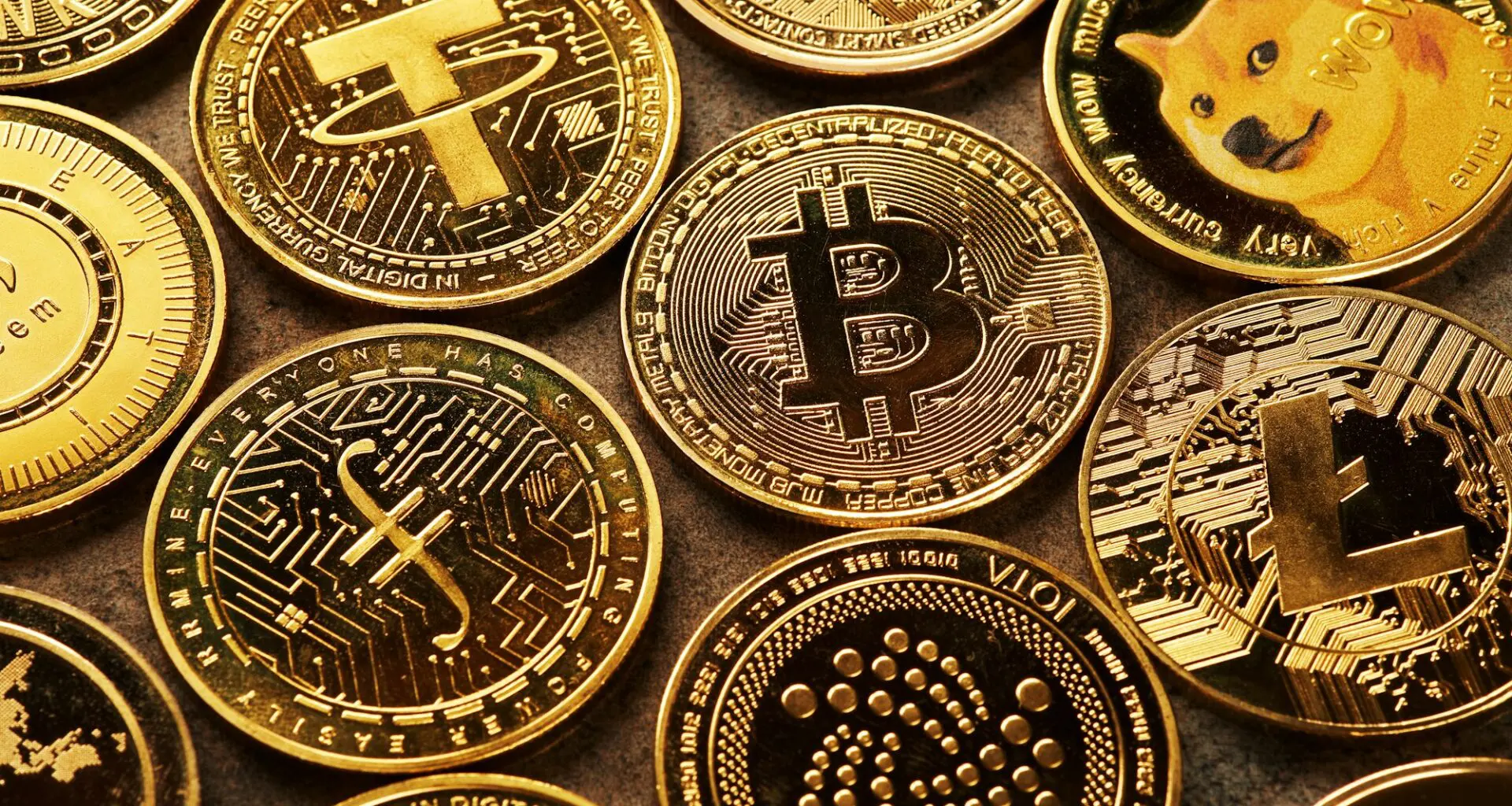Solana has been one of the breakthrough stars in the world of blockchain technology, known for its high throughput and low transaction costs. However, as the blockchain space evolves, several alternatives have emerged, offering unique features and innovations. This article explores the top 5 Solana alternatives, considering factors like scalability, security, decentralization, and developer ecosystem.

1. Ethereum 2.0
Overview: Ethereum is often considered the pioneer of smart contract platforms. The ongoing transition to Ethereum 2.0 aims to address some of the network’s key challenges, such as scalability and energy efficiency.
Key Features:
- Proof of Stake (PoS): Ethereum 2.0 is transitioning from Proof of Work (PoW) to PoS, significantly reducing its energy consumption.
- Sharding: This will split the network into smaller portions, called shards, to increase scalability and transaction speed.
- Ecosystem: Ethereum has a vast ecosystem with a large number of developers, applications, and users.
Comparison with Solana: While Solana offers high throughput and low fees, Ethereum 2.0 aims to match these features while providing a more mature and secure ecosystem.

2. Polkadot
Overview: Polkadot is a multi-chain interchange framework that enables different blockchains to transfer messages and value in a trust-free fashion; sharing their unique features while pooling their security.
Key Features:
- Interoperability: It allows various blockchains to connect and share information.
- Shared Security: Polkadot’s shared security model ensures high resilience.
- Parachains: Custom blockchains using the Substrate framework can easily connect with Polkadot.
Comparison with Solana: Polkadot stands out with its interoperability and shared security features, though it may not match Solana’s speed and throughput.

3. Avalanche
Overview: Avalanche is a layer one blockchain that functions as a platform for decentralized applications and custom blockchain networks. It is one of the fastest smart contract platforms in the blockchain industry.
Key Features:
- High Throughput: It can process thousands of transactions per second.
- Low Latency: Avalanche has quick finality times, meaning transactions are confirmed rapidly.
- Customizability: Supports creating custom private or public blockchains.
Comparison with Solana: Avalanche competes closely with Solana in terms of speed and scalability, while also offering unique customization options.

4. Cardano
Overview: Cardano is a third-generation blockchain platform known for its scientific approach and emphasis on sustainability.
Key Features:
- Ouroboros PoS Protocol: A highly secure and sustainable consensus mechanism.
- Research-Driven Approach: Cardano’s development is grounded in academic research.
- Sustainability: Focuses on long-term sustainability and energy efficiency.
Comparison with Solana: Cardano prioritizes security and sustainability, which may appeal to users and developers focusing on long-term viability, though it currently has lower throughput than Solana.

5. Binance Smart Chain (BSC)
Overview: BSC is a blockchain network built for running smart contract-based applications. It operates in parallel with Binance’s native Binance Chain.
Key Features:
- EVM Compatibility: Allows developers to deploy Ethereum-based applications easily.
- High Performance: Offers high transaction capacity and low fees.
- Staking and Governance: BSC employs a Proof of Staked Authority (PoSA) consensus mechanism.
Comparison with Solana: BSC is a strong competitor in terms of performance and is especially attractive for projects looking to leverage the vast user base of the Binance ecosystem.
While Solana remains a formidable player in the blockchain space, these alternatives each bring their unique strengths and innovations. The choice between them depends on the specific needs and priorities of users and developers, ranging from scalability and speed to security, interoperability, and sustainability. The blockchain landscape continues to evolve, and keeping abreast of these changes is crucial for anyone involved in this dynamic field.









